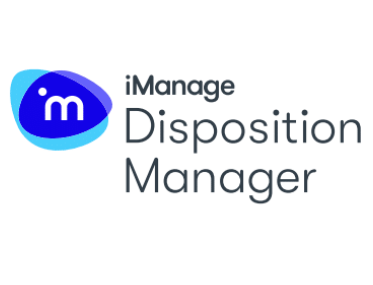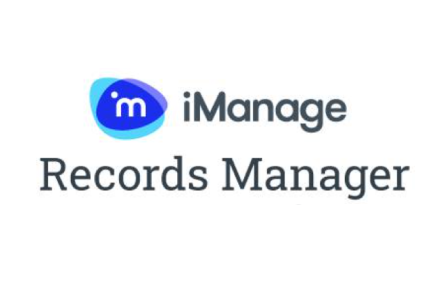What if your offices flooded today? Will you still be in business tomorrow?
Everyday here in California the news is warning viewers of a possible El Nino weather system dumping a lot of water on this drought-stricken state. The Federal Emergency Management Agency, FEMA, is urging Californians to buy flood insurance before the stormy season starts in 30 days. Even if you have flood insurance, will your business be able to survive if it suddenly was flooded with water? If you only had a few minutes before disaster struck, would you know what items to grab before you head out the door?
One of the best ways to limit the damage to your business is to be prepared before disaster strikes. For businesses this often means knowing what business information and records are critical to operations in the event of an emergency. This critical information is called Vital Records. Vital Records “contain information needed to establish or continue an organization in the event of a disaster. They are necessary to recreate the company’s legal and financial position and to preserve the rights of the company and its employees, customers, and stockholders” (definition from Robek’s Information and Records Management). If Vital Records were lost, a business might not be able to collect on the flood insurance, accounts receivable might not be collected, contracts might not be able to be enforced and intellectual property might be lost. All of these could lead to the death of your business.
So, what can your business do to be prepared in the event of a disaster? The following 4 steps can lead your business in the right direction.
Step 1: Identify and list the critical information and records of your business. Common categories are insurance policies, accounts receivable, and contracts. Be sure to limit the information and records to be only that which is absolutely necessary for the continuation of the business (typically 3-5% of your records and information). In deciding whether a record is vital or not, you should weigh the time and cost of protecting the record versus reconstructing the record. A Vital Record program is another way of insuring your business will continue to function after a disaster.
Step 2: Determine the best way to protect each classification. There are 4 common protection methods:
- Dispersal: during the regular course of business, records and information can be stored in at least two or more locations. For electronic information and records, this would include regular backup procedures where the backup is stored offsite. For paper records this would include distributing copies to multiple business offices along with the knowledge that the copies are to be retained for vital record purposes.
- Duplication: the scheduled duplication of records after they have been created. Because this method often is costly and time consuming to do after the business information has been created, this should be limited to those records where it was impractical to make a duplication when they were created or received. Duplication is not limited to the format of the original. If the original was paper, a duplicate in electronic form would be ok.
- On-Site Storage: some protection can be provided by storing records and information in specifically designated vital records areas of the business. The vital records area should be stored in fire-resistant containers, file cabinets, safes, vaults and file rooms built for such purposes. The area should be well marked and the business’s emergency plan should include precautions to prevent fire or flood from spreading to areas where such equipment is stored. In the case of flood, a good rule is to keep file storage 6 inches off of the floor. This can help avoid water damage for those smaller floods or water pipe breaks.
- Off-Site Storage: if reference to the vital records and information is low, you may want to consider off-site storage. Off-site storage facilities (or electronic backup companies) typically provide vital record level protection to records stored there. As with your own business, you would need to ensure the off-site storage facility met the same or better security standards as your own business as a part of your review of their facility.
Step 3: Establish a vital records program.
- Decide who will be responsible for the program.
- Document the purpose of the program.
- Determine your business’s disaster risk (earthquake, flood, fire, tornado, etc.)
- Create and document vital record procedures.
Step 4: Periodically review if records and information are still classified as vital. A contract that has expired or an accounts receivable invoice that has been paid typically are no longer considered vital records for the continuation of a business. So, keep this in mind when developing your vital records program. Records should be periodically reviewed to see if they should still retain their vital records extra protection.
Nitza Medina-Garcia, Certified Records Manager, Records and Information Management Consultant
Contact us today! Let us help you create a vital records inventory and program to give your business that extra protection flood insurance can’t buy.



